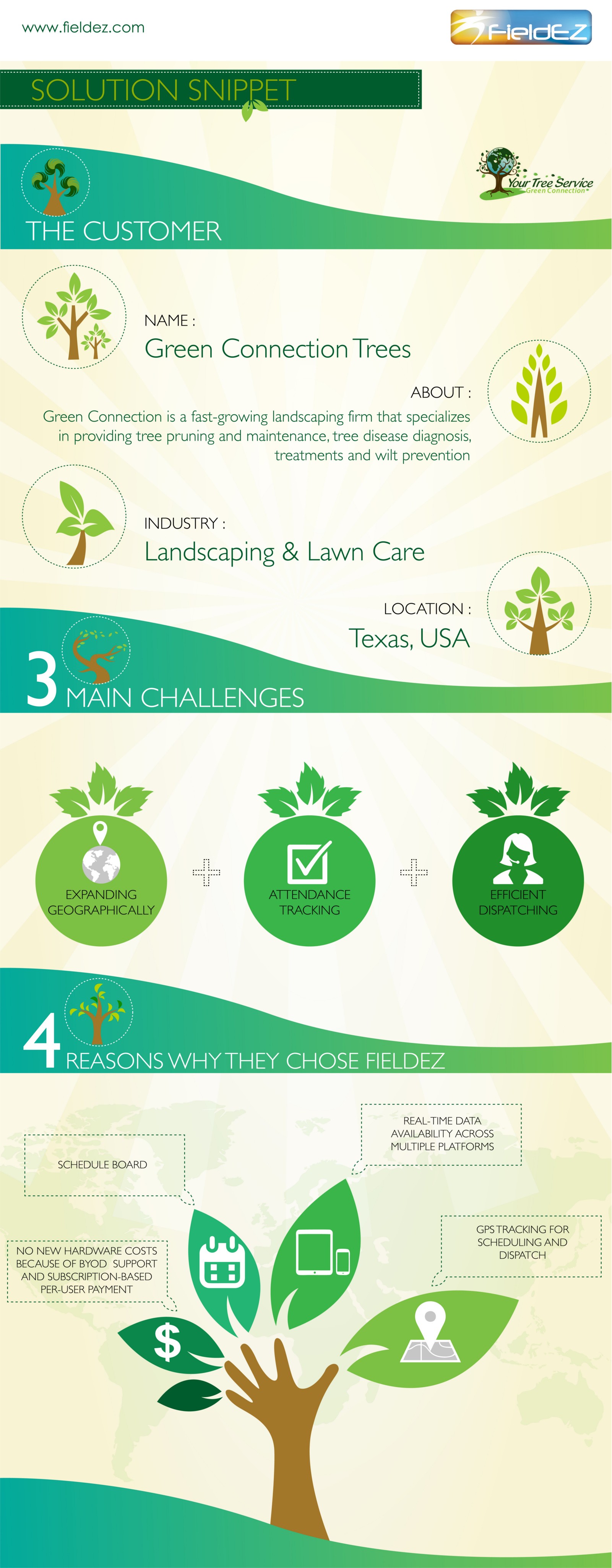Examining Tree Health And Wellness: Standards For Deciding On Tree Removal
Examining Tree Health And Wellness: Standards For Deciding On Tree Removal
Blog Article
Post Developed By-Jarvis Holme
If you've ever questioned the fate of the trees on your residential or commercial property, comprehending when it's time for elimination is critical. But just how do you establish if a tree can be saved or if elimination is the only choice? By seeking particular indications and evaluating safety dangers, you can make educated decisions that profit both your landscape and your environments. Let's check out the vital elements that come into play when choosing the destiny of a tree and exactly how you can make sure the best result for your environment-friendly friends.
Indications of Tree Decline
If you observe any one of the complying with indications of tree decline in your backyard, it may be time to consider tree elimination.
One common sign is dead or rotting branches, which can suggest underlying problems impacting the tree's wellness. Keep an eye out for tarnished or shrivelled fallen leaves that persist despite having appropriate treatment, as this could be a sign of illness or bugs.
Another warning signal is excessive leaning or a noticeable shift in the tree's base, which might suggest origin concerns or architectural instability. Watch out for fungal development on the trunk or origins, as this can show rot and compromise the tree's stability.
In addition, if you observe big splits in the trunk or significant limbs, it's essential to deal with these issues without delay to stop potential hazards. Attending to these indicators of tree decrease immediately can assist keep the safety and aesthetic appeals of your yard atmosphere.
Safety and security Concerns
To make sure the health of your residential property and those around you, prioritizing safety and security issues related to trees is paramount. Trees can pose numerous safety threats if not correctly maintained. Dead or worn out branches may drop suddenly, jeopardizing people or damaging frameworks.
Leaning trees can additionally be hazardous, especially if they're leaning towards a building or high-voltage line. In addition, trees with comprehensive origin systems near structures or underground utilities can trigger considerable damage over time.
It's vital to consistently examine your trees for any kind of signs of possible danger. Look out for splits in the trunk, large dental caries, or indications of illness and decay. If you discover any of these problems, it's ideal to seek advice from a professional arborist to analyze the scenario and determine the needed course of action.
Taking positive actions to resolve safety problems promptly can prevent accidents and residential property damages in the future. Bear in mind, the safety and security of your home and those around you should always be the top priority when it pertains to tree maintenance.
Consulting an Arborist
When thinking about the health and wellness of your trees, speaking with an arborist is an important action. Arborists are educated experts that concentrate on the care and maintenance of trees. They can examine the general health of your trees, identify any issues such as diseases or architectural issues, and supply skilled referrals on the best course of action.
By seeking advice from an arborist, you can get useful insights right into the condition of your trees and establish whether removal is necessary. Arborists have the understanding and experience to examine the threats related to maintaining a tree versus removing it. They can likewise use advice on alternative solutions, such as pruning, cabling, or supporting, to aid preserve the tree whenever feasible.
Additionally, plant maintenance can aid you browse any kind of neighborhood guidelines or permits that might be required for tree removal. Their expertise can guarantee that the procedure is accomplished safely and in compliance with any type of relevant regulations.
Conclusion
To conclude, when figuring out whether trees can be saved or if elimination is required, it is important to think about signs of decline and safety and security worries. Consulting Highly recommended Internet page for an extensive assessment is essential in making the best decision for the tree's health and wellness and potential hazards. Remember, positive care and prompt activity can help preserve trees and avoid crashes.
